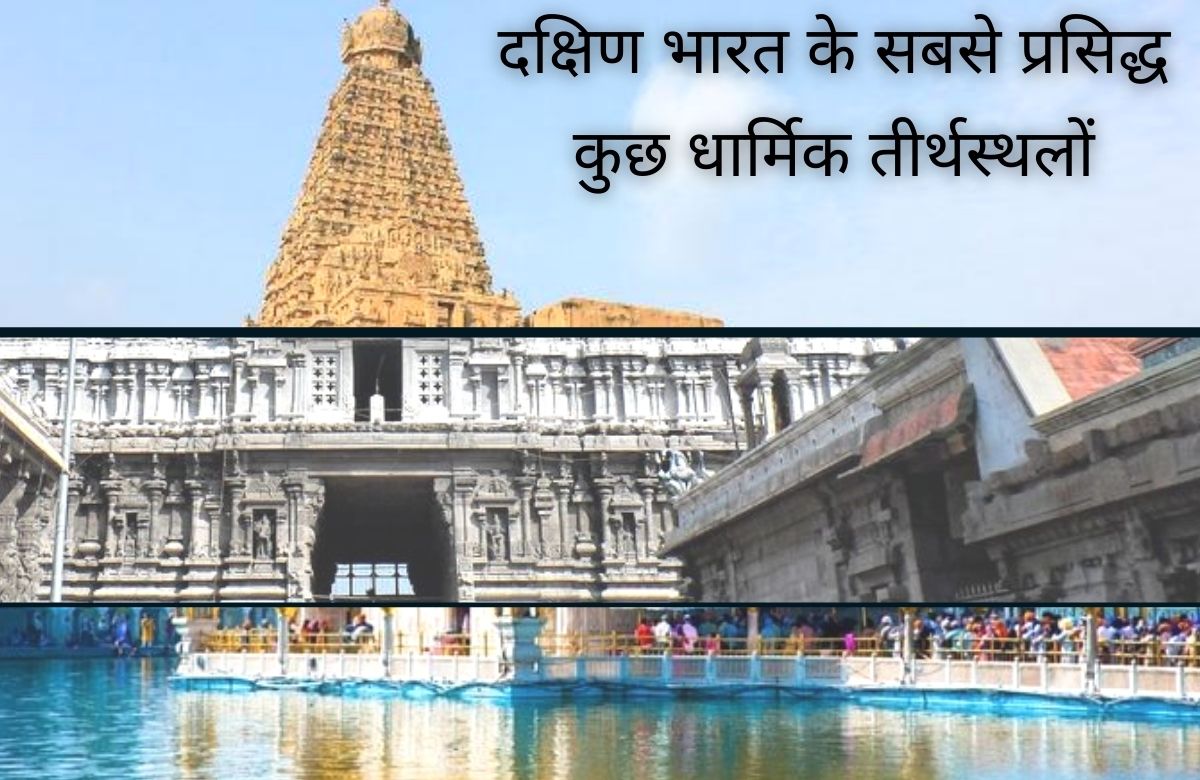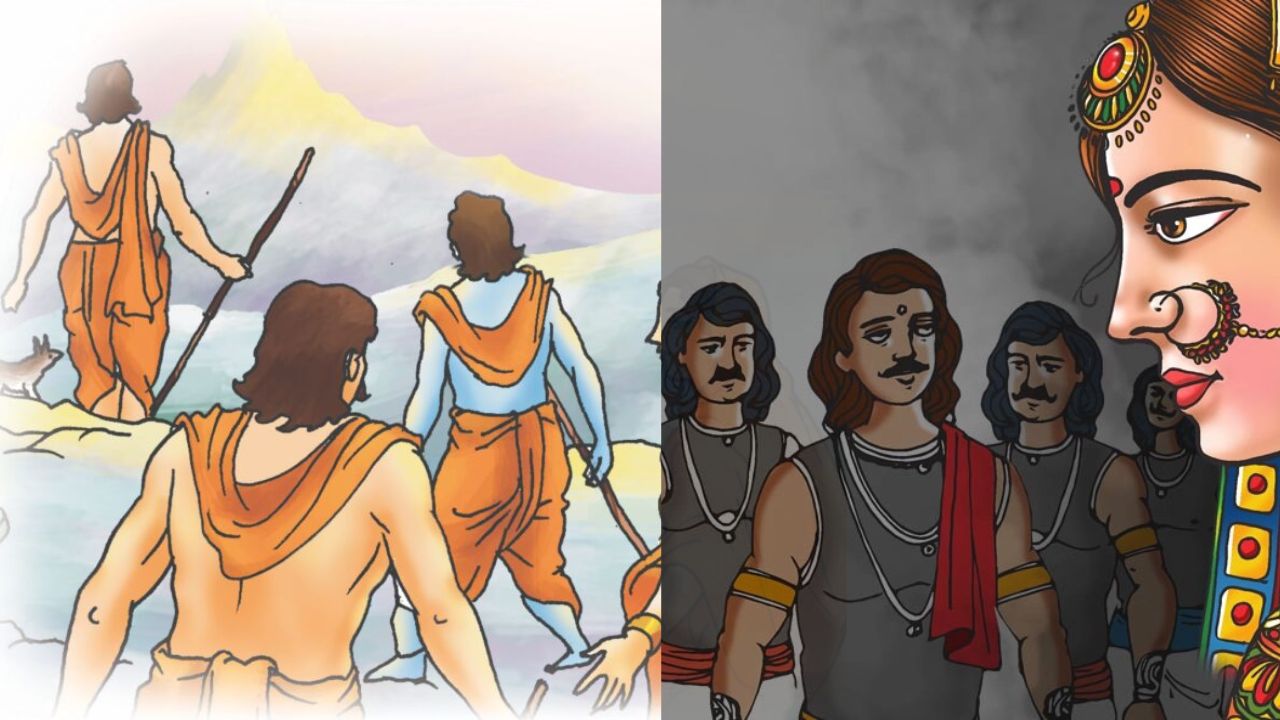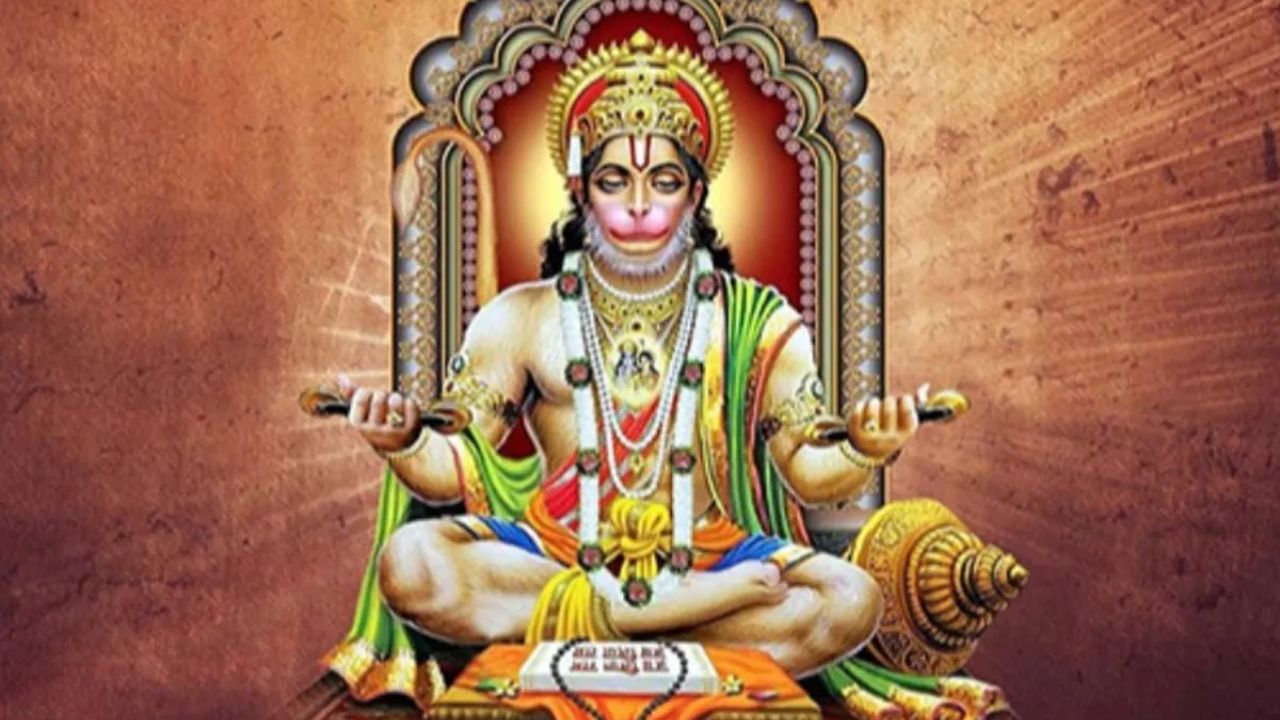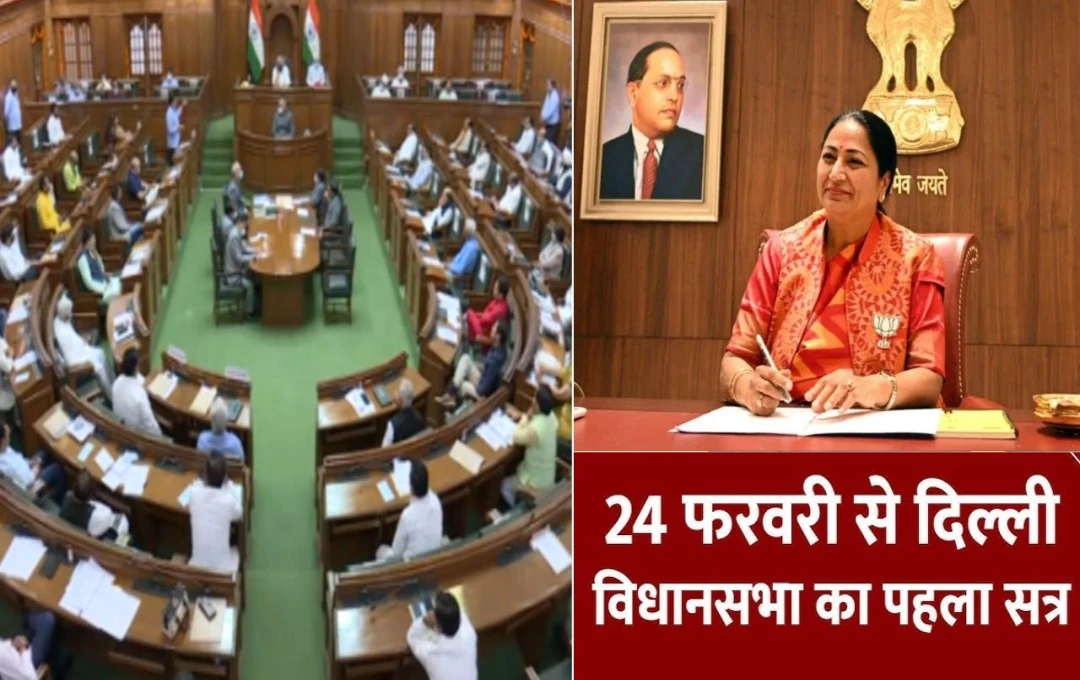India is renowned as the land of temples, and magnificent and beautiful temples are found throughout both North and South India. These stunning temples are truly awe-inspiring. South Indian temples are not only celebrated within India but are also renowned worldwide. These temples and their extraordinary architecture have played a significant role in establishing India's rich cultural heritage. From Tamil Nadu to Andhra Pradesh and Odisha, South India boasts a collection of ancient and exquisite temples, representing not only deep religious devotion but also prosperity. Tamil Nadu houses the most temples. Let us explore 10 prominent and famous temples of South India in this article.
Tirupati Balaji Temple
Located in Chittoor district of Andhra Pradesh, this temple is one of the most revered pilgrimage sites not only in South India but throughout the country. Situated on the seventh peak of Tirupati hill, the Swamy Venkateswara Temple stands on the southern bank of Sri Swamy Pushkarini. Known as Venkateswara, he is considered the lord of the Venkata hill. The sanctum sanctorum houses the idol of Lord Venkateswara. The temple complex is adorned with beautifully crafted gateways, mandapams, and smaller temples, each significant in its own right.
Key attractions include the Padi Kavali Maha Dwaram, Sampangi Pradakshinam, Krishna Devaraya Mandapam, Ranga Mandapam, Dhvajastambha Mandapam, Nadimip Padi Kavili, Vimanapradakshinam, Tirumala Raya Mandapam, and the Inav Mahal. The devout atmosphere of Tirupati fills the soul with reverence and faith. Ancient scriptures assert that attaining salvation in the Kali Yuga is possible only after receiving the blessings of Lord Venkateswara, which is why more than fifty thousand devotees visit this temple daily. The Tirupati Balaji Temple boasts a history dating back to the 9th century, when the Pallava dynasty of Kanchipuram established their reign in this area. This temple is among the wealthiest in India.
Namdroling Monastery, Bylakuppe, Karnataka
Located in Bylakuppe, Karnataka, west of Mysore district, is the Namdroling Nyingma Monastery. The prayer hall is magnificent, featuring two imposing golden statues. It is the largest teaching centre of the Nyingma lineage of Tibetan Buddhism. The monastery is home to a community of over five thousand monks and nuns. It also houses a junior high school, Yeshe Vodesal Sherab Raldri Ling, a religious college, and a hospital.
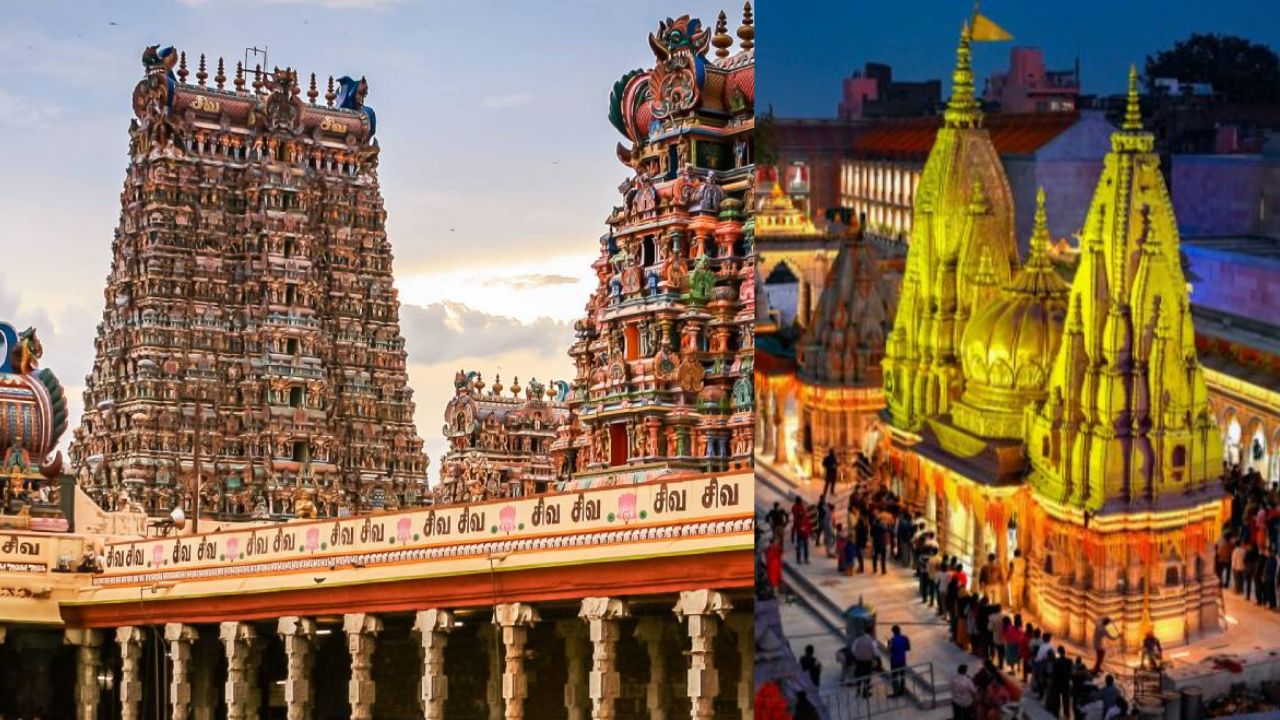
Sri Ranganathaswamy Temple
Dedicated to Lord Ranganatha, this renowned South Indian temple features Lord Vishnu reclining in his divine form. Located on the Srirangam island in Trichy, Tamil Nadu, the temple complex spans 156 acres, making it the largest functioning Hindu temple in the world. Situated on the banks of the Kaveri River, it is also referred to as the Vaikuntha of Earth and is one of the 108 Divya Desams dedicated to Lord Vishnu. The upper part of the temple's vimanas are adorned with gold, where a special sense of serenity can be experienced.
Meenakshi Amman Temple
Dedicated to Goddess Parvati, revered as Meenakshi, along with her consort Lord Shiva, known as Sundareshwara, this temple in Madurai, Tamil Nadu, is one of the most magnificent and significant ancient temples of India. The main sanctum of the temple is believed to be more than 3500 years old. Hindu mythology recounts that Lord Shiva, in his form as Sundareshwara, with his divine attendants, married Princess Meenakshi, the daughter of the Pandya King Malayadhwaja. The temple's architecture and design are considered among the seven wonders.
Jnaneswari Saraswati Temple, Telangana
Located in Basar village, Nirmal district, Telangana, the Jnaneswari Saraswati Temple is a revered pilgrimage site. Constructed from white stone, the temple houses a magnificent 4-foot statue of Goddess Saraswati in the Padmasana posture. A statue of Goddess Lakshmi is also present within the temple. Legend has it that seven musical notes can be heard emanating from one of the temple's pillars. According to ancient stories, a tunnel connected the Saraswati Temple to the nearby Datta Temple, leading to the Godavari River, though this passage is now blocked.
Hampi, Karnataka
Located on the banks of the Tungabhadra River, Hampi was once the capital of the ancient Vijayanagara Empire. Known as Pampa, the river's older name, Hampi has been recognized as a UNESCO World Heritage Site due to its numerous temples and palaces from the Vijayanagara period. Hoysala architectural marvels are visible in Hampi. The temple of Virupaksha dedicated to Lord Shiva and other historical sites recount tales of the past.
